by Dan Kennedy, Kumveka Executive Director.
He's helped dozens of ministries better define their culture.
When I launched Kumveka, I decided I was only going to lead and grow the kind of organization and culture where I wanted to work.
This meant that everyone on our team would operate in an environment that nurtured each person coming alive in their God-given gifts (see 1 Corinthians 12:18). This was to be a place of flourishing.
I knew from my corporate days in Brand Management at Procter & Gamble, great organizations are clear in what they expected what success looks like. For P&G, this was orchestrated through what they called the What Counts Factors (WCFs, of course). We used them for annual performance reviews and talked about them constantly. They not only shaped behaviors but they also became part of the culture. In fact, they continue to shape my professional behavior.
So, to bring the best of the corporate space into the world of ministry, we instituted our own set of WCFs at Kumveka. Some call them values. We call them LELI. They are:
These principles both guide our culture and serve as benchmarks for our performance reviews. Simply put, they help us foster flourishing. Let's dig into them a little deeper:
Love Well
Loving Well starts with this: Dear friends, let us love one another, for love comes from God. (1 John 4:7)
This begins with our team and how we serve each other. But loving well is more than coworker camaraderie. It's about encouraging each other, recognizing and affirming each other's gifts, having the hard conversations, and building community (even as we're miles apart. Three cheers for Zoom!).
This is how we seek to serve our clients, creative network, and the people who invest in our organization. They're not just names on a contract or creative brief; they're people we truly care about.
Execute With Excellence
Every organization wants to Execute With Excellence, right? For us, this principle is rooted in what we call our best vs. excellent philosophy. Yes, we want to do our best work. However, if we create something beautiful and award-worthy but it isn't something our client can use effectively, then it doesn't meet our definition of excellence. Our high bar for practicality has led us to often repeat, "The best tools are the ones that are used."
It's this mindset we aim to bring to every project and piece. It's not about our work; it's about shining a light on the work God is doing through the clients we serve.
Learn Constantly
Learning Constantly is essential when you work cross-culturally, as we do. In fact, it's our posture in discovery as we get to know and understand the hearts of our clients.
And some of the best learning happens when we make mistakes. And we make them. So when we mess up—whether it's something lost in translation or missing the mark—it's an opportunity to get better.
The other ways we learn? From each other. It's tapping the knowledge base of a fellow team member. It's learning from and adapting quickly to serve our clients with what they need. And it's gleaning best practices from industry experts.
Initiate Solutions
Each member of our team is a problem solver. That means we're going to step out and try new things (see Learn Constantly) and be okay with making mistakes. We'll Initiate Solutions to improve processes, embrace our responsibilities, and seek out new clients to serve—all in an effort to continue loving, executing, and learning.
This is what defines culture at Kumveka. We use it every year in performance reviews. We use it every week during our team meeting to encourage each other. We use it every day to model the culture that both delivers better results and helps us all flourish.
What defines your culture?
Tell me in the comments.
Learn more:
So What Exactly Does Kumveka Mean? Our culture is influenced by this too.
Ministry Rebrand: How Do I Navigate a Big Change? A flourishing culture will help you with this.
Alignment: The Critical First Step for Good Strategy Discover the questions you need to ask for your ministry's alignment and focus. That includes your culture.







